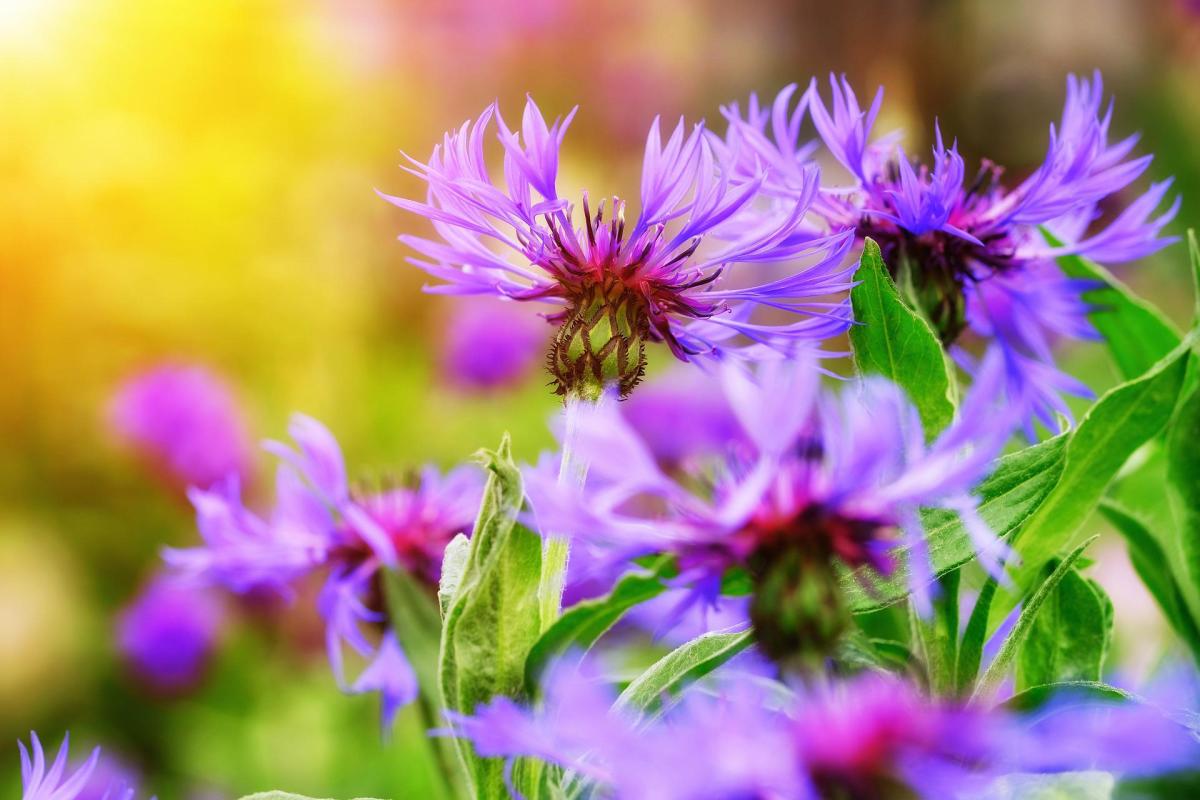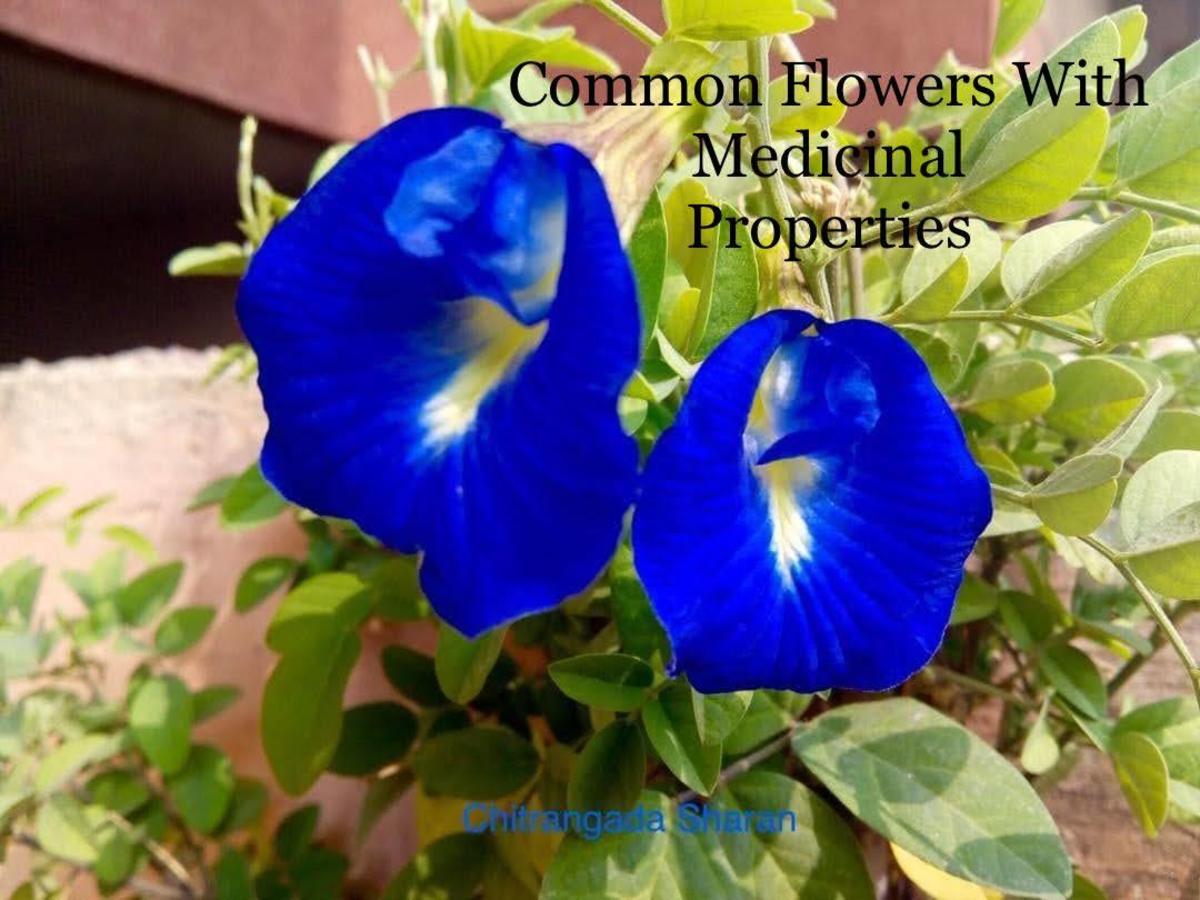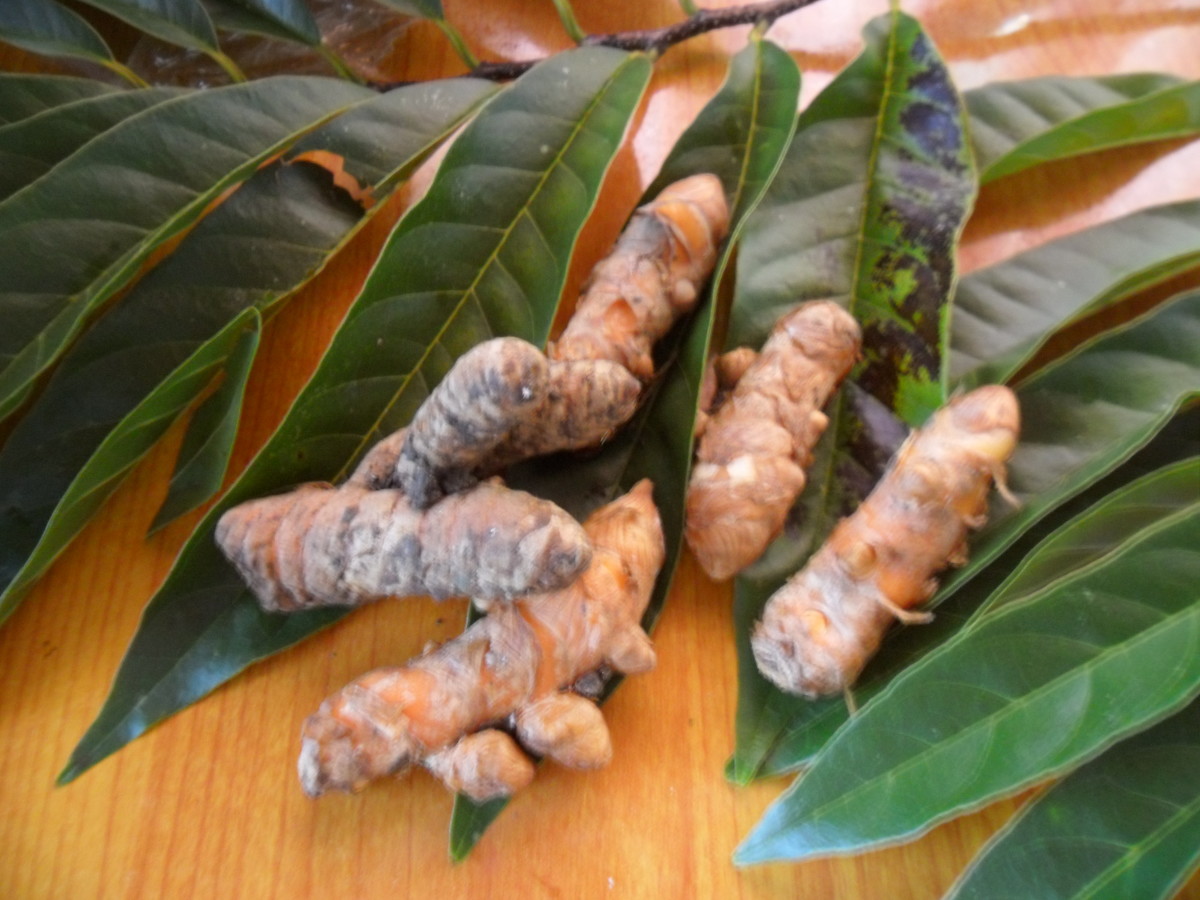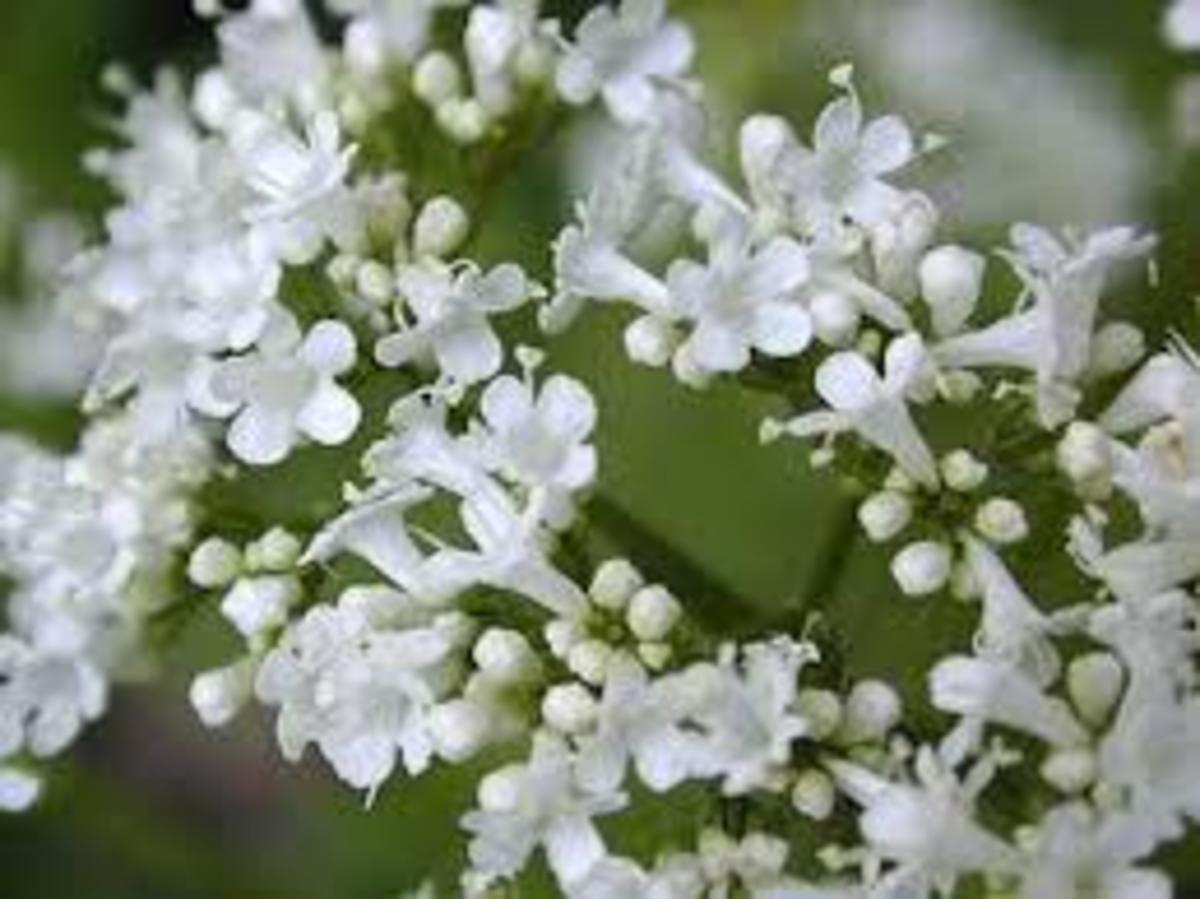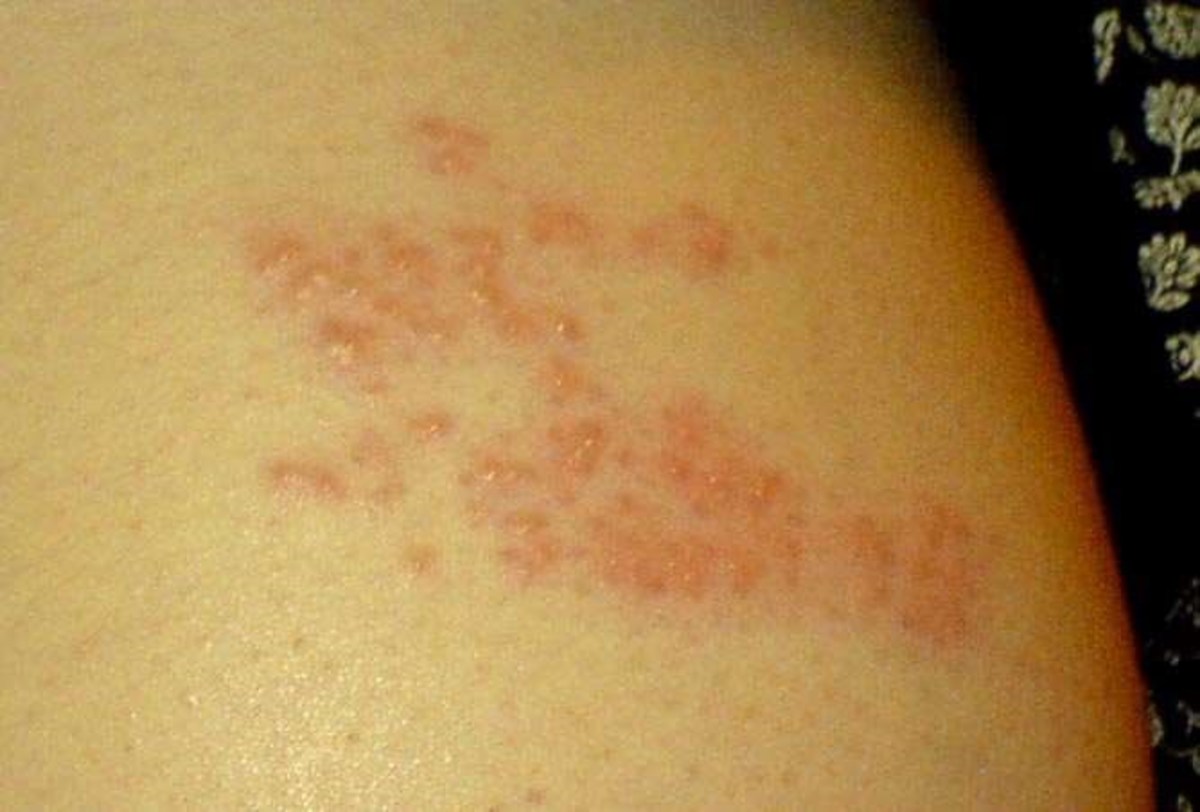- HubPages»
- Health»
- Alternative & Natural Medicine»
- Herbal Remedies
Medicinal Plants- Calendula
Calendula Officinalis
Calendula, derived from Latin means "first day of the month." A native of the Mediterranean Isles, the calendula now appears throughout most of the world. Often called the "pot" marigold, the calendula plant flowers from May through November, and unlike its cousin the ornamental marigold has medicinal properties.
An annual, the calendula stands 28 inches tall and boasts paddle like leaves. Its leaves are adorned with fine hairs and are often added to salads. The petals, known for their beauty and bright colors, also find a home in the kitchen as garnishes for a number of different culinary dishes.


When dried, the calendula remains a colorful ornament and may be hung in the home. Dried petals may also be used to steep for tea, promoting healthy digestive and bowel function. The tea may also be used as a gargle for the mouth and throat, as its medicinal properties are known to relieve inflammation. Calendula tea is made by steeping a few teaspoons of dried petals per cup of boiling water. Leftover tea may be refrigerated.
Commonly found growing wild alongside sunny roads and open fields, calendula is commonly used in the treatment of minor burns and wounds. Tinctures are made using entire flower heads or petals alone. The plant, containing essential oils with antibiotic/ antiseptic properties has been proven to aid in the painless healing of minor wounds, reducing inflammation, and inhibiting the formation of pus. Taken internally, the calendula is said to improve the circulation of the blood. Used topically, it promotes healing in burns and bruises, and has been used with great success to reduce scarring.

Calendula is available in many forms, and although many remedies can be quickly and easily prepared at home, calendula ointments, oils, and supplements may all be purchased at your local health food stores and pharmacies. Calendula oil keeps skin soft and smooth, ointments enhance healing when applied to cuts and scrapes, and supplements are used in homeopathic medicine to treat bruises. Calendula salve can be used for everything from softening chapped lips to calming diaper rash. I wish I'd known that twenty years ago.
Although those who support the use of calendula are naturalists at heart; the jury is still out and requires further testing and analysis to gather more evidence for its medicinal effectiveness. As with all supplemental remedies, a doctor should be consulted before use. Calendula may cause drowsiness, and it has been known to irritate those with ragweed related allergies. Pregnant women should never use any type of remedy without guidance from a physician.
© 2014 Awdur
Source
The Complete Guide to Natural Healing, International Masters Publishers

